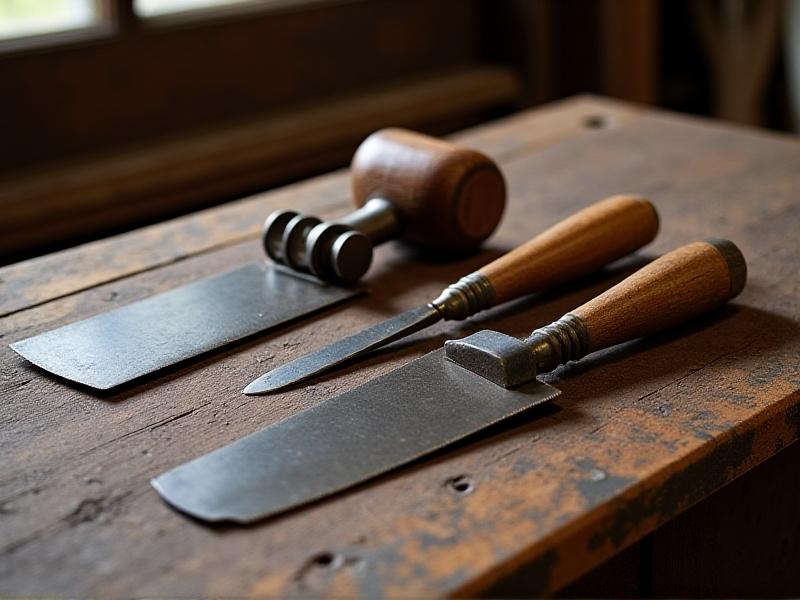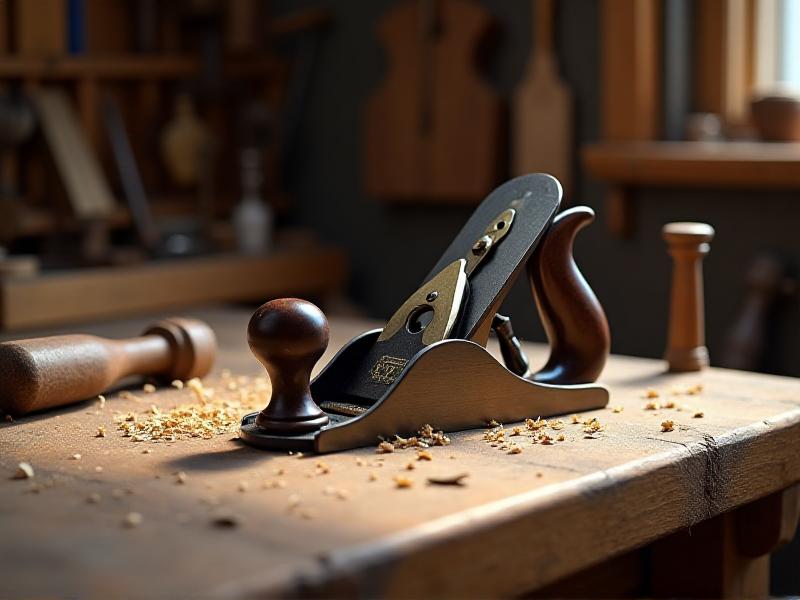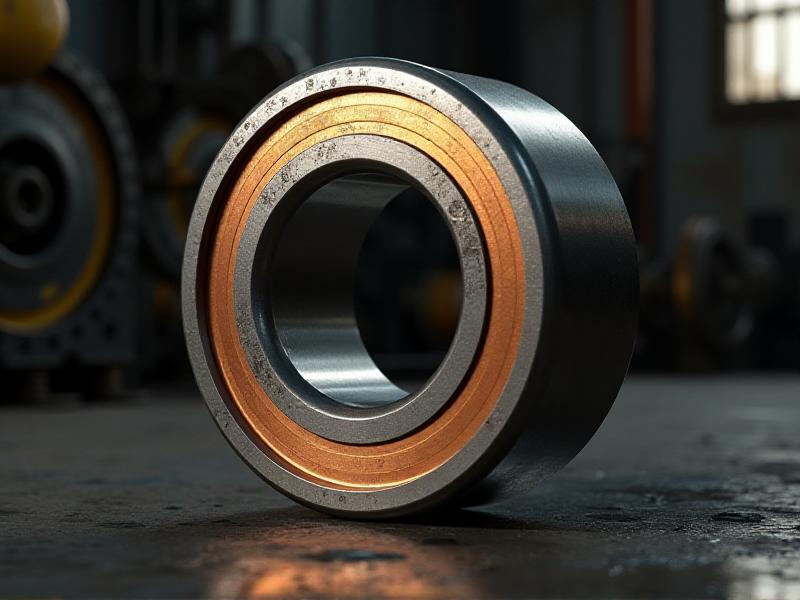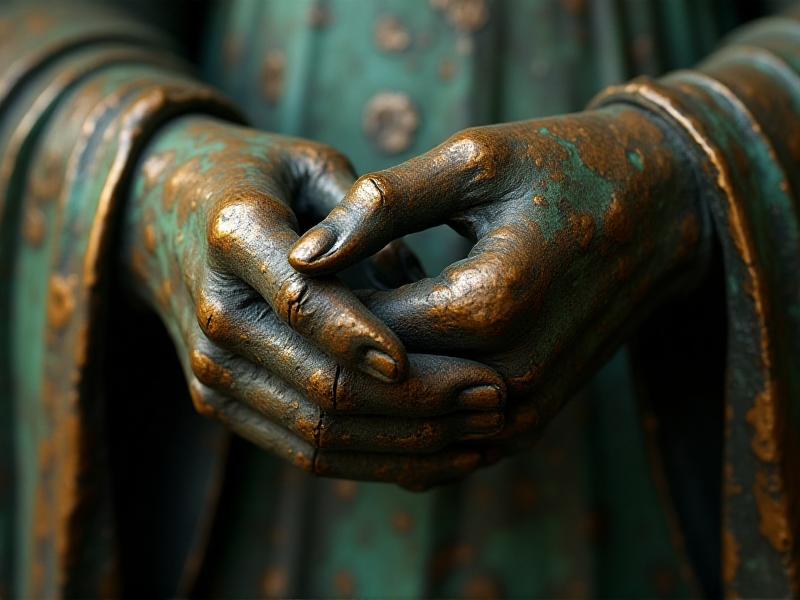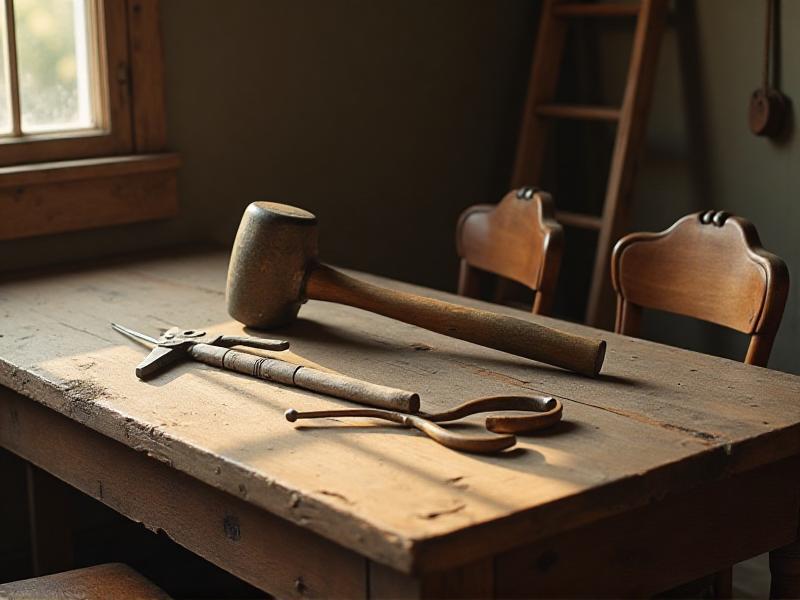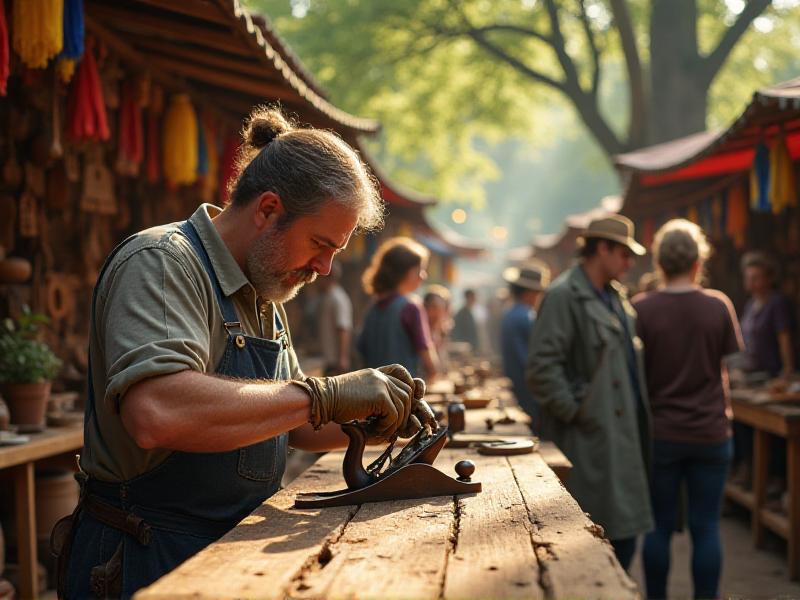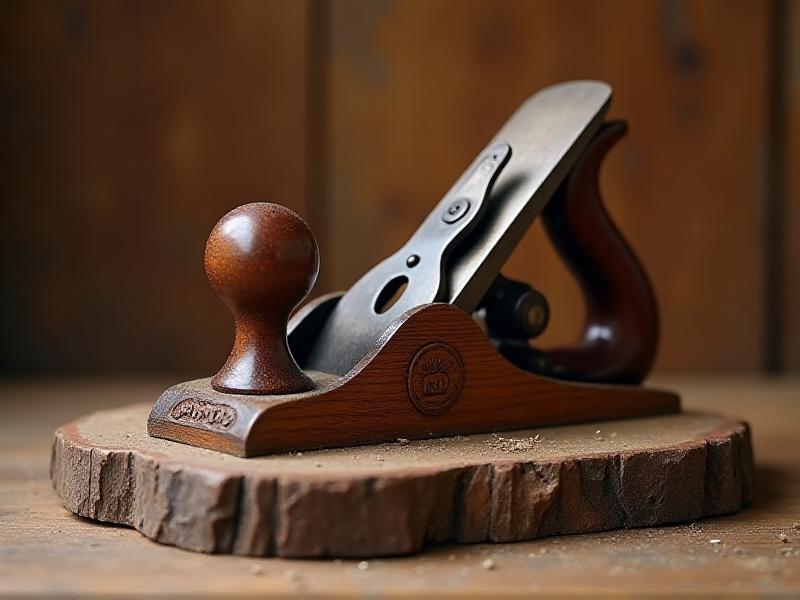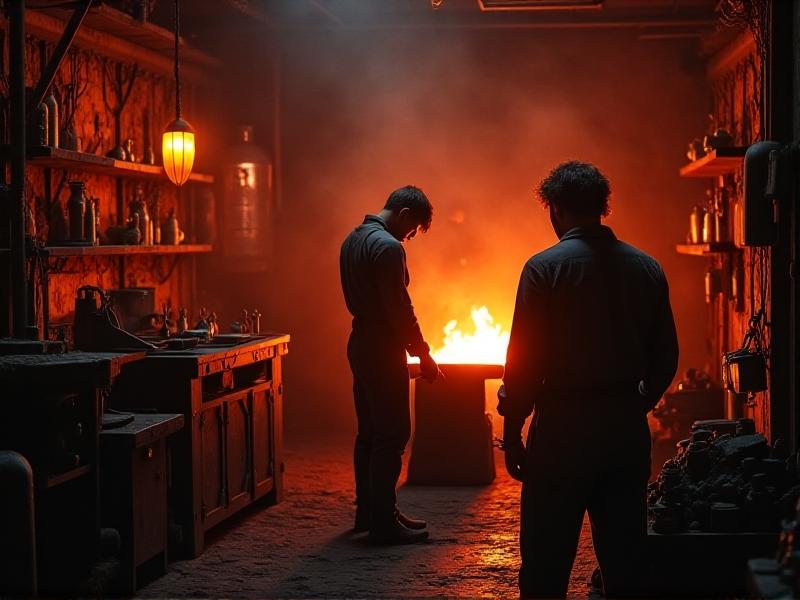Provenance Documentation for Value Boost
The Importance of Provenance Documentation in Enhancing Value
Provenance documentation serves as the historical record of an item’s ownership, origin, and journey through time. Whether it’s a piece of art, a rare collectible, or a vintage car, provenance can significantly enhance the perceived and actual value of an item. This documentation provides authenticity, builds trust, and tells a story that resonates with buyers and collectors alike. In a world where counterfeits and replicas are rampant, provenance acts as a safeguard, ensuring that the item is genuine and its history is verifiable.
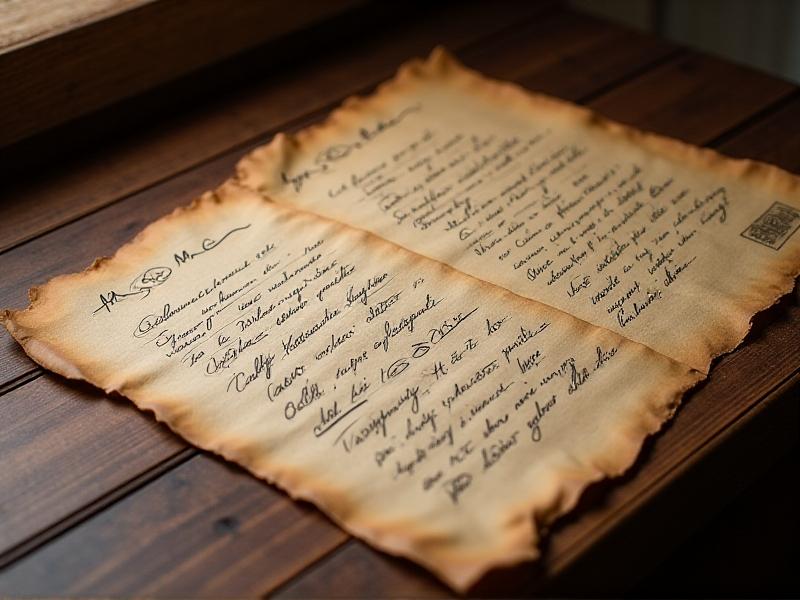
How Provenance Builds Trust and Authenticity
Trust is a cornerstone in the world of collectibles and high-value items. Provenance documentation provides a transparent and traceable history that reassures buyers of an item’s authenticity. For example, a painting with a well-documented history that includes previous owners, exhibitions, and appraisals is far more likely to attract serious buyers than one without. This trust translates into higher bids at auctions and greater interest from collectors. Provenance also helps to dispel doubts about an item’s legitimacy, which is particularly important in industries where forgeries are common.

The Role of Provenance in Art and Antiques
In the art and antiques market, provenance is often the deciding factor in an item’s value. A sculpture or piece of furniture with a documented history that includes famous collectors or prestigious exhibitions can command a premium price. Provenance also helps to establish the cultural and historical significance of an item, making it more appealing to museums and institutions. For example, a painting that once belonged to a renowned art collector or was displayed in a major gallery can have its value exponentially increased due to its storied past.

Provenance in the World of Luxury Goods
Luxury goods, such as high-end watches, designer handbags, and rare jewelry, also benefit greatly from provenance documentation. For instance, a Rolex watch owned by a celebrity or a Hermès bag from a limited-edition collection can see its value skyrocket due to its unique history. Provenance adds a layer of exclusivity and desirability, making these items more attractive to discerning buyers. In the luxury market, where authenticity and rarity are paramount, provenance can be the difference between a good investment and a great one.
Digital Provenance: The Future of Authenticity
As the world becomes increasingly digital, the concept of provenance is evolving. Blockchain technology, for example, is being used to create immutable records of an item’s history, from its creation to its current ownership. This digital provenance is particularly useful for digital art, collectibles, and even virtual real estate. By leveraging technology, sellers can provide a transparent and tamper-proof history that enhances the value and trustworthiness of their items. Digital provenance is set to revolutionize how we perceive and verify authenticity in the modern age.
Provenance as a Marketing Tool
Provenance isn’t just about authenticity; it’s also a powerful marketing tool. The story behind an item can captivate potential buyers and create an emotional connection. For example, a vintage guitar owned by a famous musician or a piece of jewelry worn by a Hollywood star can generate significant interest and drive up its value. Sellers can use provenance to highlight unique aspects of an item’s history, making it more appealing to collectors and enthusiasts. In this way, provenance transforms an ordinary object into a coveted treasure.
Challenges in Establishing Provenance
While provenance can significantly boost value, establishing it can be challenging. Incomplete records, lost documents, and unverified claims can all hinder the process. Forgeries and fraudulent claims further complicate matters, making it essential for buyers and sellers to work with reputable experts and institutions. Despite these challenges, the effort to establish provenance is often worthwhile, as it can unlock an item’s true potential and ensure its place in history.
Provenance in Real Estate: A Hidden Value Driver
Provenance isn’t limited to tangible items; it also plays a role in real estate. A property with a rich history, such as a historic home or a building designed by a famous architect, can see its value significantly increased. Provenance in real estate can include previous owners, architectural significance, and historical events associated with the property. This added layer of history makes the property more attractive to buyers who value uniqueness and heritage.
Conclusion: The Enduring Power of Provenance
Provenance documentation is more than just a record of ownership; it’s a testament to an item’s journey through time. Whether it’s a piece of art, a luxury good, or a historic property, provenance enhances value by providing authenticity, building trust, and telling a compelling story. As the world continues to evolve, the importance of provenance remains constant, ensuring that the items we cherish are not only valuable but also meaningful.
